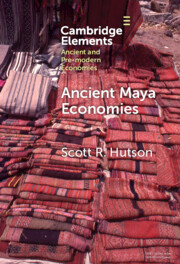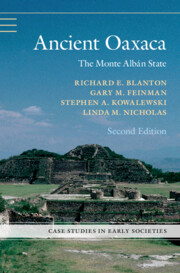7 results

The Pottery Industries of the Roman East
- Craft Communities and Working Practices
-
- Published online:
- 20 March 2025
- Print publication:
- 03 April 2025

Ancient Maya Economies
-
- Published online:
- 26 November 2024
- Print publication:
- 19 December 2024
-
- Element
- Export citation

Ancient Oaxaca
- The Monte Albán State
-
- Published online:
- 07 July 2022
- Print publication:
- 28 July 2022
Eight - The Nature and Origin of Independent Craft Production
-
- Book:
- The Organization of Ancient Economies
- Published online:
- 31 August 2020
- Print publication:
- 17 September 2020, pp 237-274
-
- Chapter
- Export citation
Ivory Craftsmanship, Trade and Social Significance in the Southern Iberian Copper Age: The Evidence from the PP4-Montelirio Sector of Valencina de la Concepción (Seville, Spain)
-
- Journal:
- European Journal of Archaeology / Volume 16 / Issue 4 / 2013
- Published online by Cambridge University Press:
- 25 January 2017, pp. 610-635
-
- Article
- Export citation
Organizing the Production of Variscite Personal Ornaments in Later Prehistoric Iberia: The Mines of Aliste and the Production Sites of Quiruelas de Vidriales (Zamora, Spain)
-
- Journal:
- European Journal of Archaeology / Volume 19 / Issue 4 / 2016
- Published online by Cambridge University Press:
- 20 January 2017, pp. 631-651
-
- Article
- Export citation

